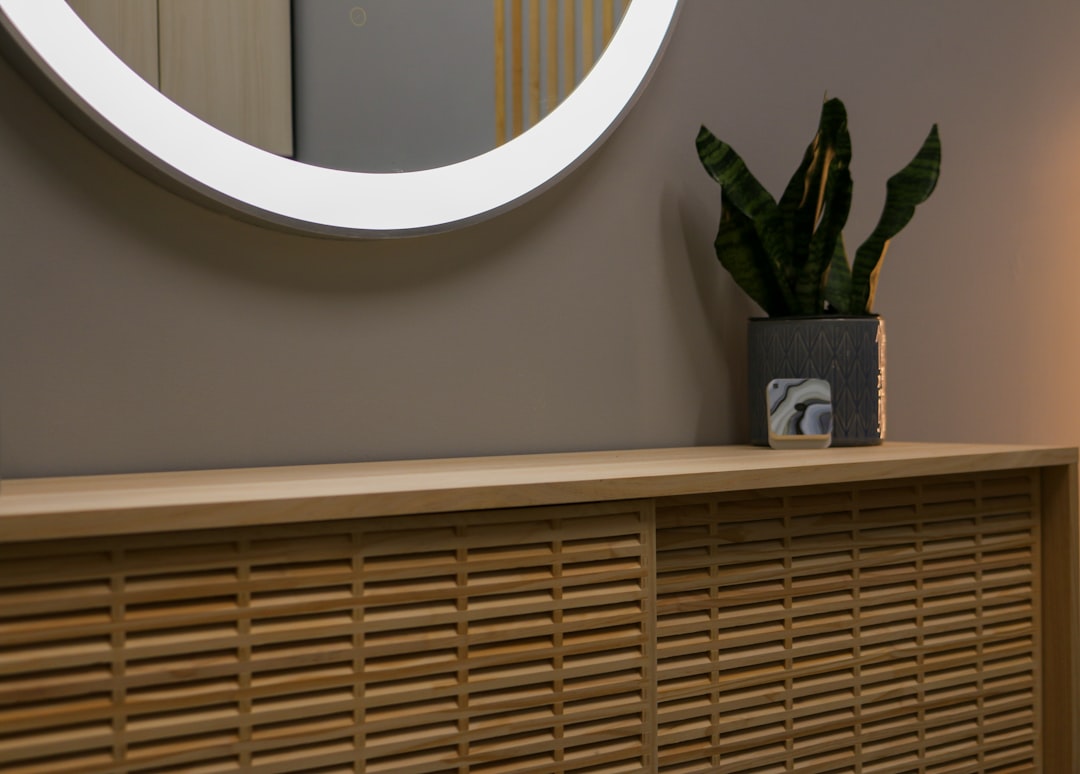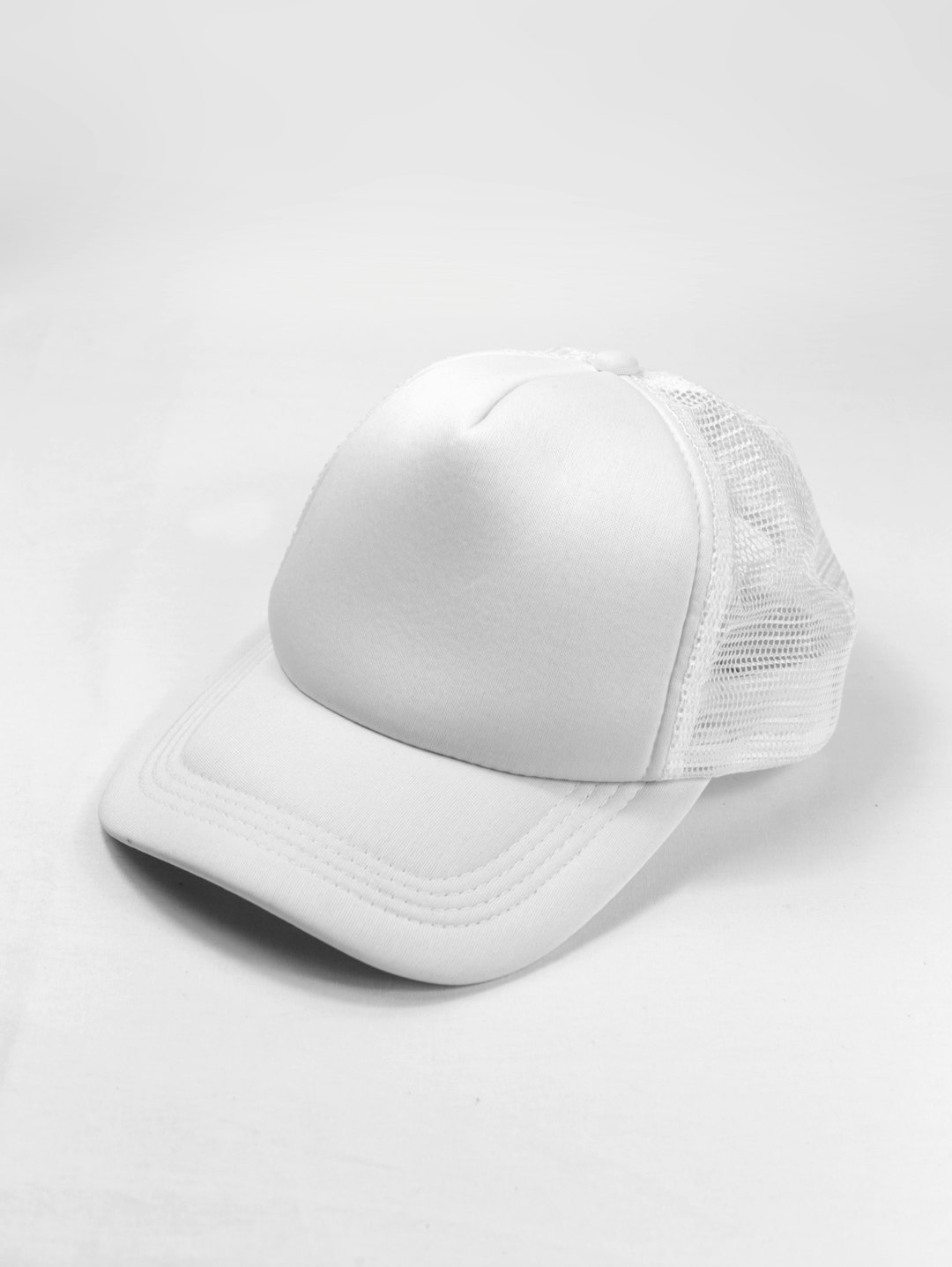When it comes to protecting your home from water damage, exterior waterproofing membranes are essential. These membranes act as a barrier, preventing moisture from penetrating the walls and foundation of your house. This safeguard not only helps preserve the structural integrity of your home but also protects against mold and mildew, which can lead to health issues and costly repairs. Understanding how these waterproofing systems work and their benefits can help homeowners make informed decisions about their property maintenance.
Exterior waterproofing membranes are typically made from rubberized asphalt, polyurethane, or other durable materials. These materials are applied to the exterior surface of a building’s foundation, effectively sealing it against water infiltration. One of the main advantages of using an exterior waterproofing membrane is its ability to conform to the surface it covers, ensuring a seamless barrier that can adapt to the natural movements of a building. This flexibility is crucial, especially in areas prone to seismic activity or frequent temperature fluctuations.
Installing an exterior waterproofing membrane is generally a task best left to professionals, as it requires specific expertise and equipment to ensure a proper application. The process typically involves cleaning and preparing the surface, applying a primer, and then rolling or spraying on the membrane material. After the membrane has been applied, it is usually covered with additional protective materials to shield it from physical damage and UV rays. This meticulous process ensures that the membrane remains effective over time, providing long-lasting protection against water intrusion.
The benefits of using an exterior waterproofing membrane extend beyond just preventing water damage. By keeping moisture out, these membranes also help maintain a consistent indoor climate, potentially reducing energy costs associated with heating and cooling. Moreover, by preventing the growth of mold and mildew, homeowners can avoid health problems related to poor indoor air quality.
In addition to residential properties, exterior waterproofing membranes are also widely used in commercial and industrial buildings. They are especially important for structures with below-grade spaces, such as basements and underground parking garages. In these scenarios, the risk of water intrusion is higher, making effective waterproofing measures even more critical.
For homeowners considering the installation of an exterior waterproofing membrane, it is essential to consult with a qualified professional. They can assess your specific situation and recommend the best type of membrane for your needs. Furthermore, regular maintenance and inspections can help ensure that the waterproofing system remains effective over time. For more information on waterproofing solutions and professional advice, you can visit this website.
In summary, exterior waterproofing membranes play a vital role in safeguarding buildings from water damage. By forming a protective barrier around a structure’s foundation, they help prevent moisture-related issues that can compromise both the integrity and comfort of a building. Understanding the benefits and application of these membranes is crucial for homeowners looking to protect their investment and maintain a healthy living environment.







